The reconstruction of the former industrial estates to the north of Margit Bridge began in the early 20th century with modern, high-rise houses. In 1928, the Budapest Public Works Council decided to create a park wedged between the residential houses and the Danube, on the proposal of its President at the time, Iván Rakovszky, as Lipótváros had no larger green area. Rakovszky wanted to create an elegant Danube Bank in the area, and the relatively large park between the houses under construction fit well into his plans.
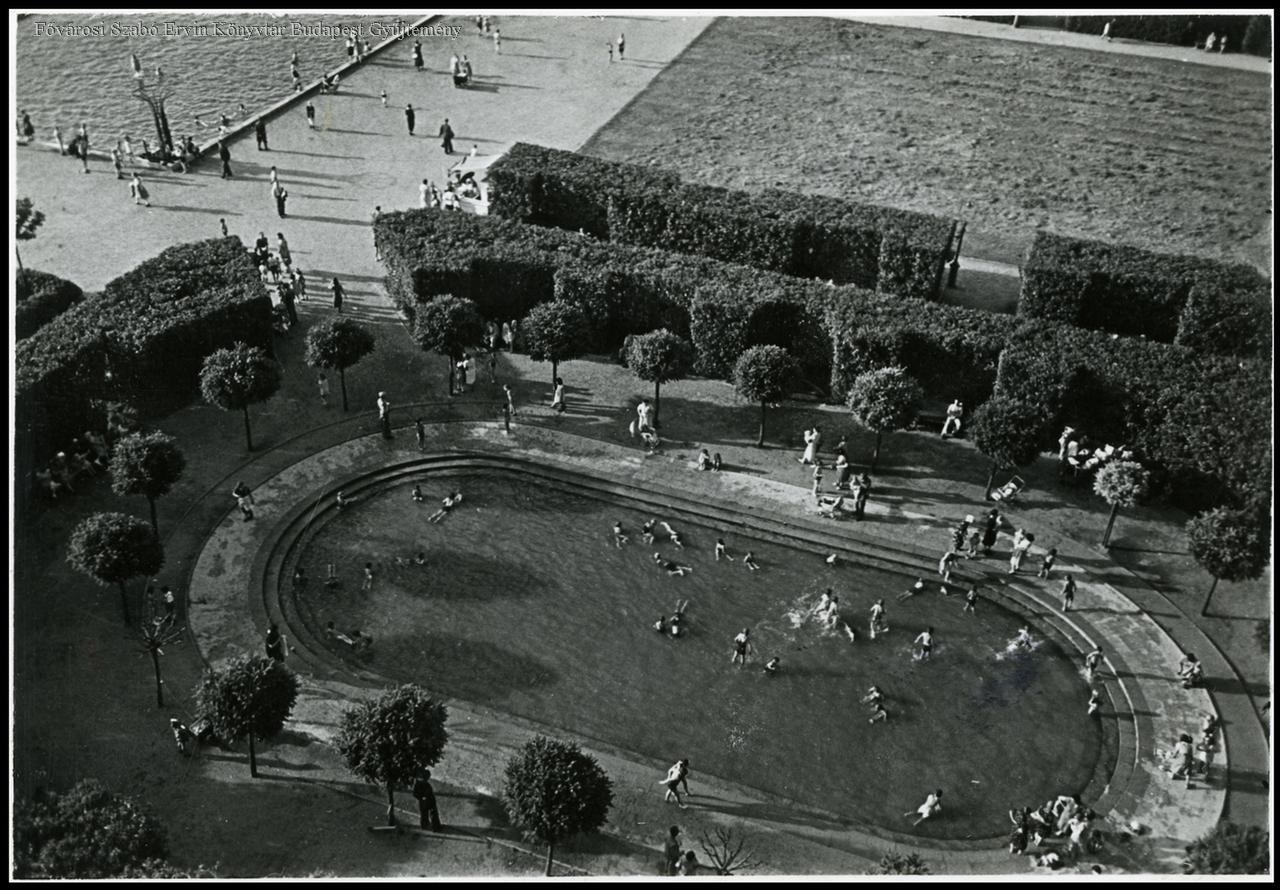
People resting in the small lake of the park in 1940 (Photo: FSZEK Budapest Collection)
Iván Rakovszky gave a lecture about the plan in the Lipótváros Society on 23 January 1929. A transcript was published in the 20th issue of Városi Szemle, 1934:
"... the Council aims to create a park here among the monumental buildings to the bend in the Danube, which will bring air, liveliness and romance to the bleak district. The section up to Garam Street has been built-in; so, it is not possible to change the regulatory plan here, but in the area above Garam Street, the idea of a park can be implemented, which will have a great connection to Óbuda Bridge. In this way, the huge park of Northern Lipótváros, opposite to the beautiful Margit Island, will attract hotel and business life in general and become a resort in Budapest and may even connect with the Budapest Spa area, centred around Gellért Hill through the island or islands."
The new park was established by the Public Works Council on the site of a former parquet factory. According to reports, the French royal gardens served as a model for its design, at least in that they created a geometrically designed park in which the needs of children were considered; thus, a sandpit was also added.
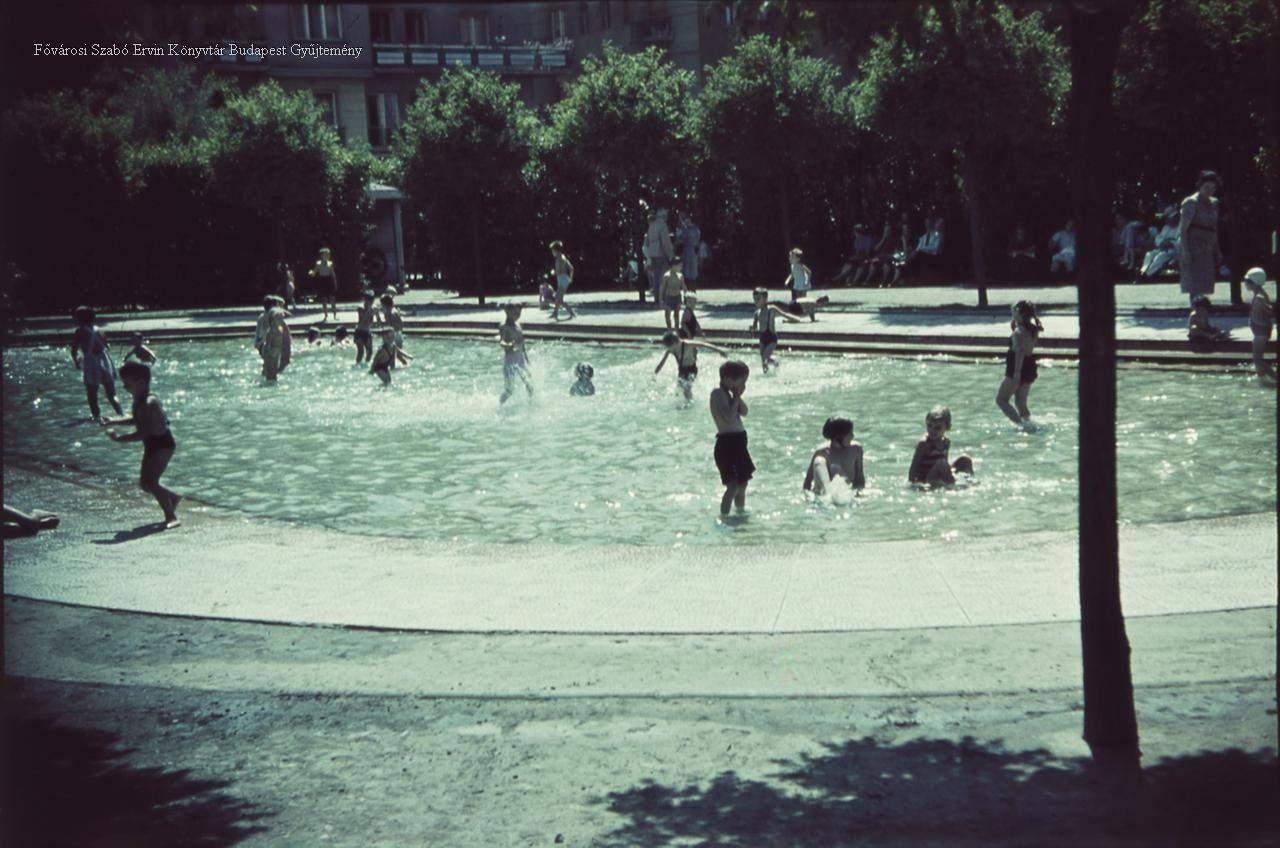
Bathing children in the pond in Szent István Park in the late 1930s (Photo: FSZEK Budapest Collection)
The Public Works Council was able to obtain the area worth nearly 1.3 million Pengős for free from the former owners and then landscaped it at the expense of more than 280 thousand Pengős. In 1928, the Public Works Council also regulated the style of the houses next to the park so that the park and its surroundings were uniform.
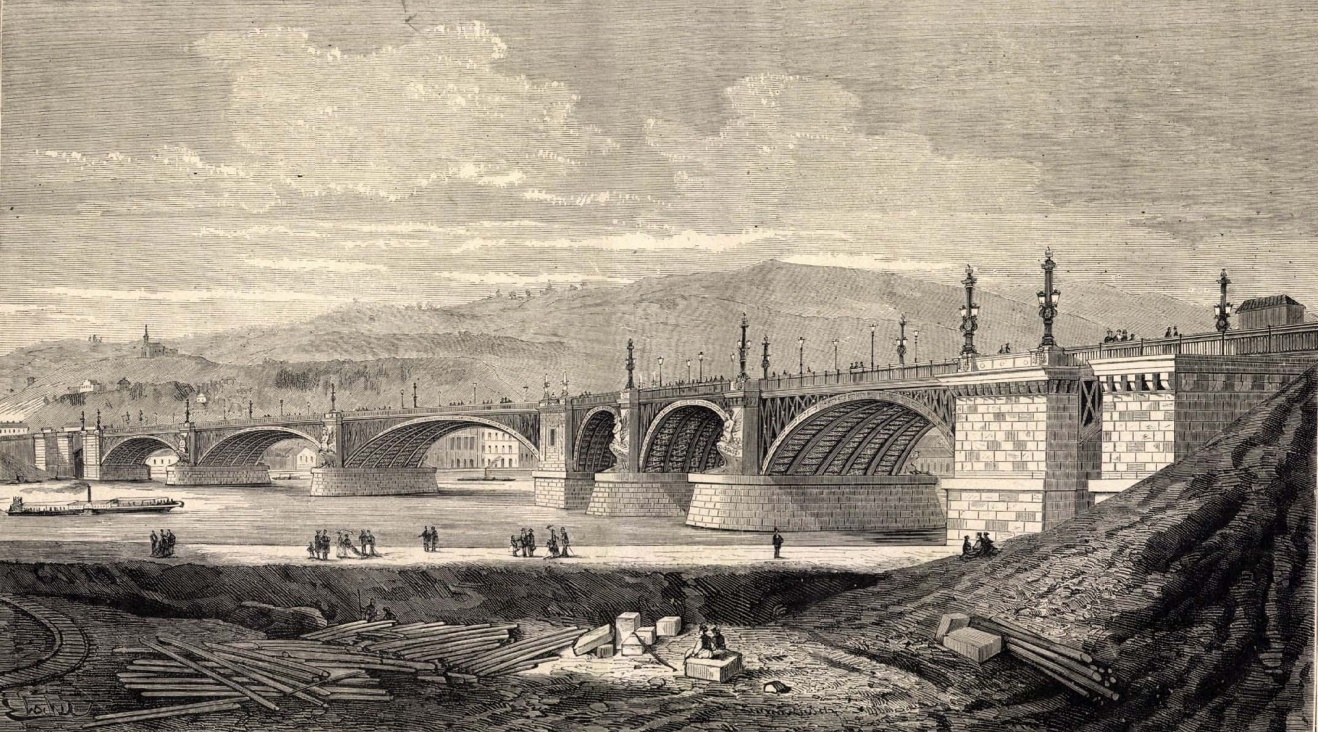
The park in 1936 (Photo: FSZEK Budapest Collection)
Construction began in 1930 when the trees were planted. The construction was completed by the end of 1935, and the park was officially handed over to the Capital by the Public Works Council that year, on the condition that it remain a park forever. The Public Works Council stipulated that the Capital should present any development and further decoration plans to them.
The new park was officially opened to the public on 1 April 1936, at 10:22 AM, in a ceremonial setting, with the participation of scouts and dignitaries.
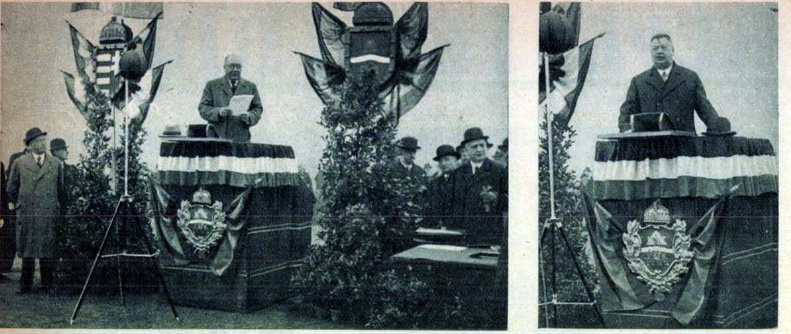
The ceremony: on the left Zénó Bessenyey, President of the Public Works Council, on the right Deputy Mayor Endre Liber accepts the park on behalf of the Capital (Képes Pesti Hirlap, 2 April 1936)
The opening ceremony was traditional, with presidential and mayoral speeches, photographs were taken. But as the official part ended, the President of the Public Works Council, Zénó Bessenyey, was surprised to find that so many members of the Council had come to the opening that the board had a quorum.
He immediately improvised an official meeting in the new park, where members of the Council discussed the planned Madách Avenue.
Budapesti Hírlap, a paper reporting on the strange situation, continued its description of the events after the ceremony on 2 April 1936:
"The April sun breaks through the harsh clouds and illuminates a faint band along the fog. In the middle of the new park, the water of the fountain, the gurgling water is caught up by the breeze and scattered far across the playground.
Participants of the ceremony slowly disperse and are replaced by new faces. Where Zénó Bessenyey had just clarified the theoretical issues of Madách Avenue, now two little boys were clarifying another theoretical issue. They want to play marbles but have difficulty with measuring a span.
(…) Time passes quickly, and the first half an hour in the life of Lipótváros' park is coming to an end. Exactly half an hour after the ceremony, the park-keeper turns of the fountain, and a big truck shows up with workers to strip the park of its flag and remove the rostrum."
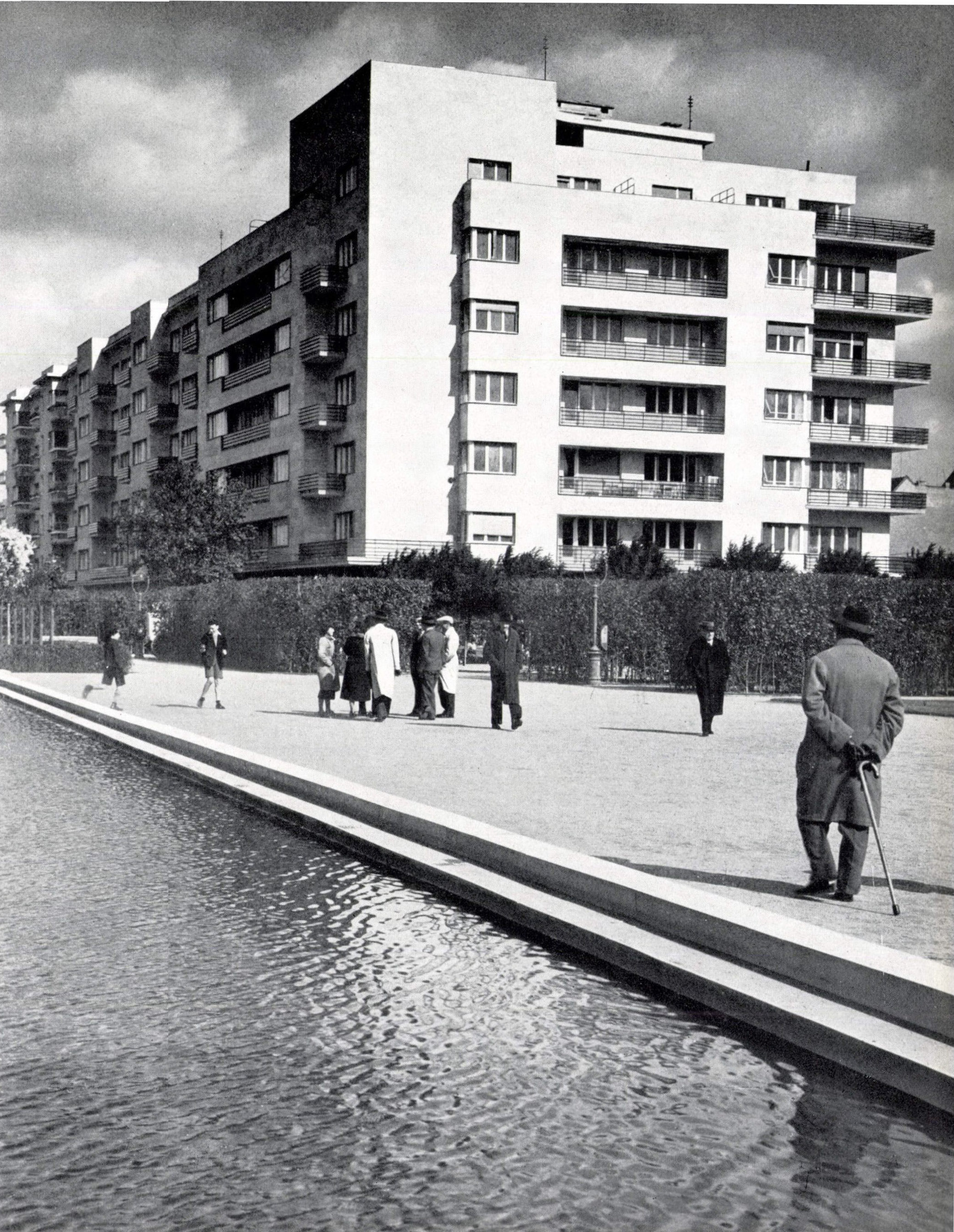
Szent István Park shortly after the ceremony (Photo: Tér és Forma, 1937/5.)
The park quickly became popular, and on 14 June 1936, the magazine Magyarország already described its visitors as follows:
"In Lipótváros Park, streamlined mothers push streamlined babies in streamlined prams."
Lipótváros Park was renamed Rakovszky Park after Iván Rakovszky, and a year later, in 1937, it was renamed Szent István Park, and even the communist authorities left the name of the beautiful park unchanged.
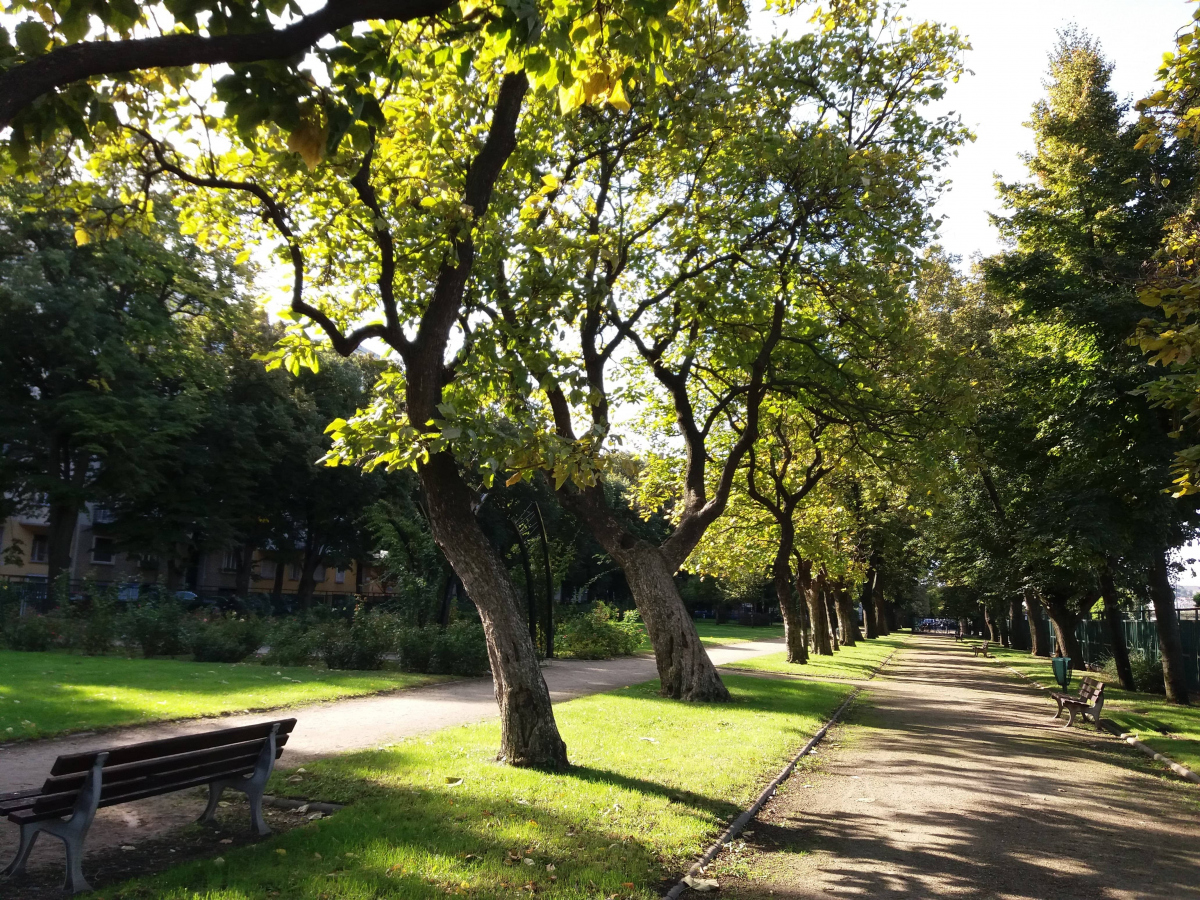
The trees have now grown, and the park has become a popular resting place for the people of Budapest (Photo: Zsófia Viczián/pestbuda.hu)
Cover photo: Szent István Park in 1940 (Photo: FSZEK Budapest Collection)

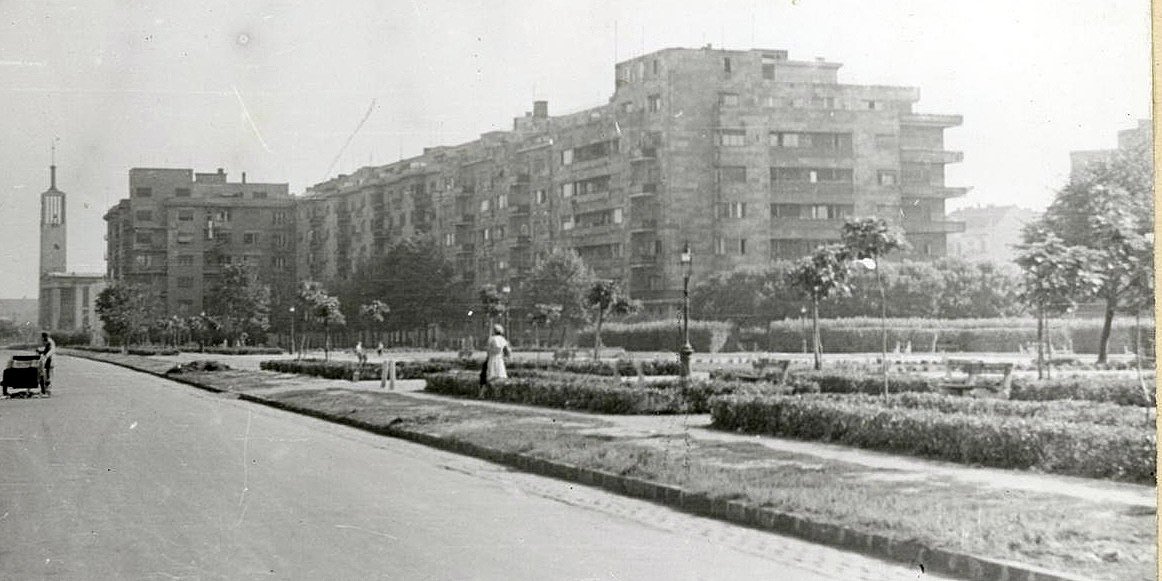



































Hozzászólások
Log in or register to comment!
Login Registration